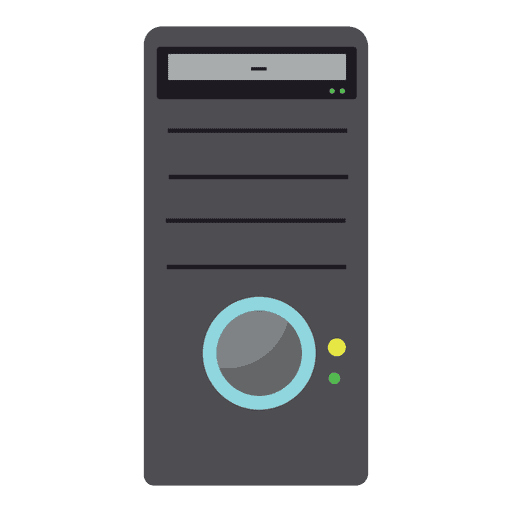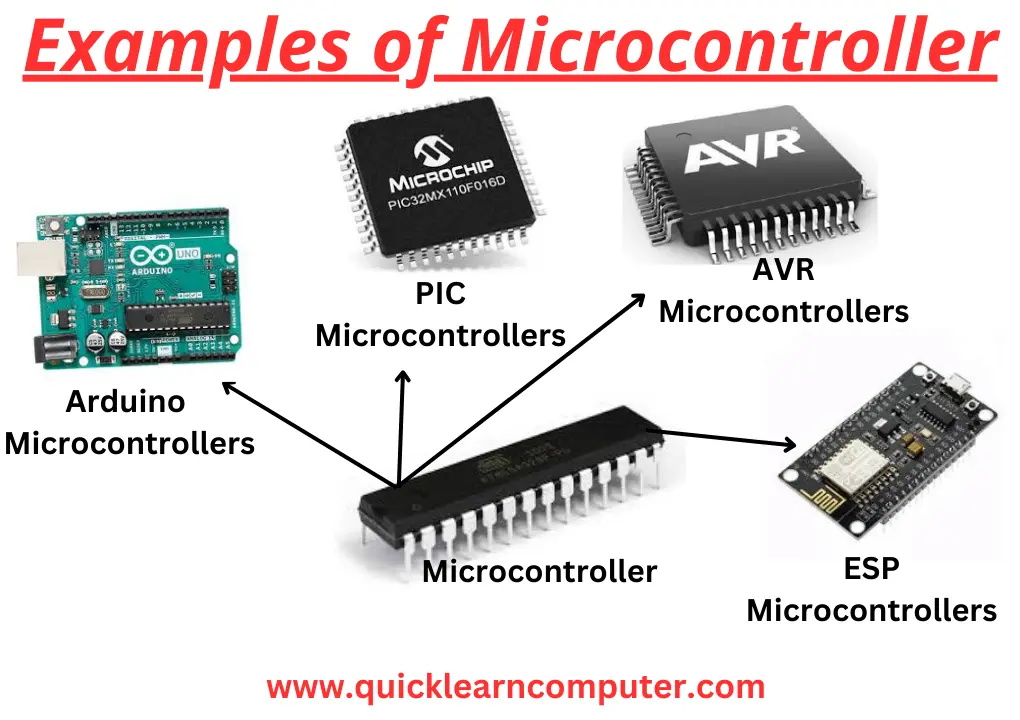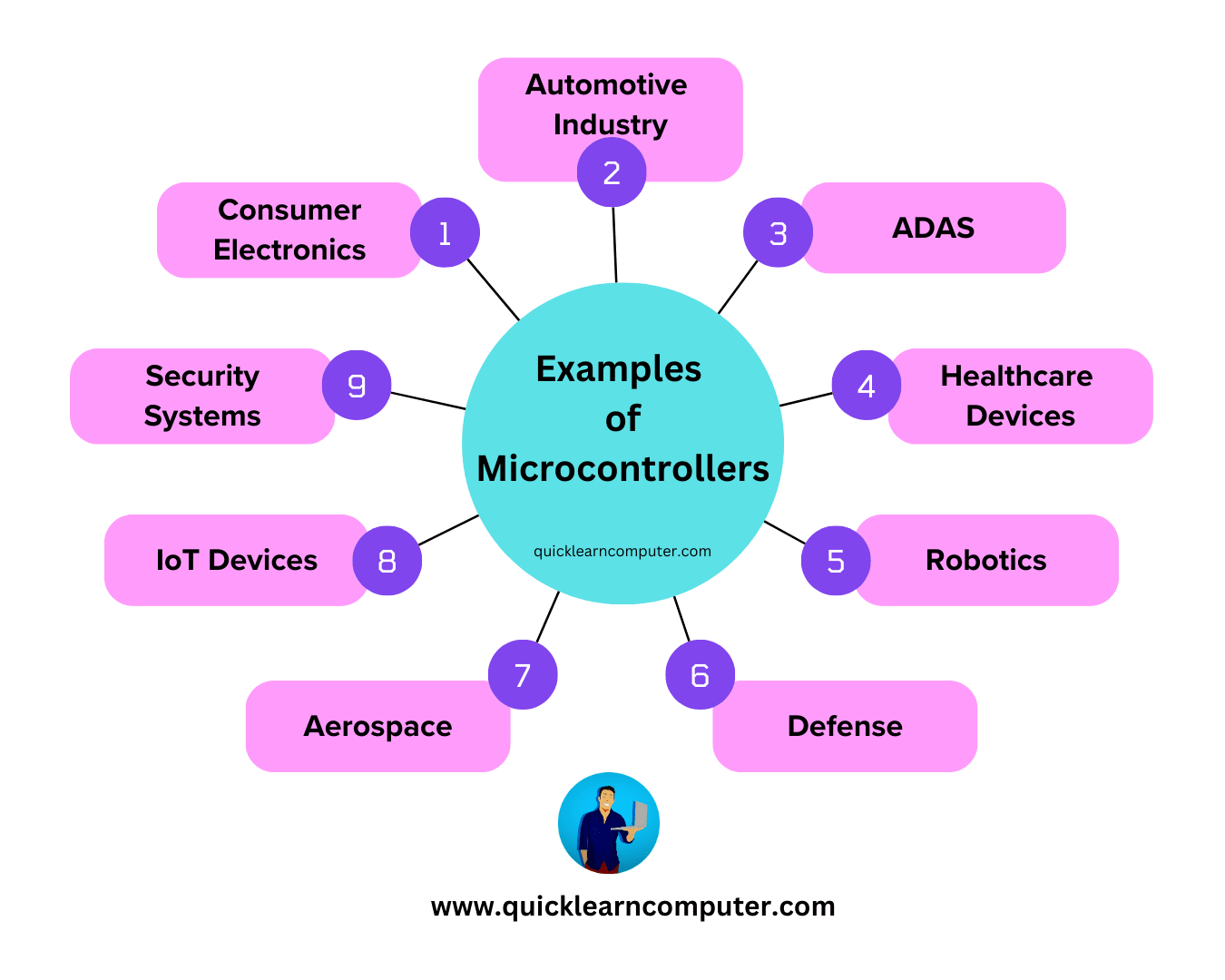Microcontrollers are the brain behind countless modern electronic devices - from smartphones and washing machines to smart home systems and industrial automation tools.
Understanding the components of microcontroller is essential for students, hobbyists, and professionals looking to delve into embedded systems.
In this article, we will break down the key elements that make up a microcontroller, explain their functions, and explore how they contribute to the overall performance of the system.
Whether you are just starting out in electronics or preparing for an engineering project, this guide will give you a solid foundation in microcontroller components, with real-world examples, features, and applications.
What is a Microcontroller?
A microcontroller (MCU) is a compact integrated circuit designed to perform specific tasks within an embedded system. Unlike general-purpose computers, microcontrollers are optimized to control devices through firmware software embedded directly into the hardware.
Key Features of Microcontrollers
- Compact size.
- Low power consumption.
- Built-in memory and I/O ports.
- Cost-effective for dedicated tasks.
Main Components of Microcontroller
Understanding the internal structure of a microcontroller helps in selecting the right MCU for your application. Let's explore the essential hardware components that make up a microcontroller:

1. Central Processing Unit (CPU)

The CPU is the heart of any microcontroller. It executes instructions, processes data, and controls the operations of other components.
Functions of the CPU:
- Fetches and decodes instructions from memory.
- Performs arithmetic and logic operations.
- Manages control signals.
Think of the CPU as the “brain” of the microcontroller.
2. Memory Units
Memory plays a critical role in storing both data and program instructions.
A. Read-Only Memory (ROM)
- Stores the program code permanently because ROM is permanently memory of computer.
- Non-volatile memory (retains data without power).
- Typically Flash memory is used.
B. Random Access Memory (RAM)
- Stores temporary data during execution because RAM is temporary memory of computer.
- Volatile memory (erased when power is off).
C. EEPROM (Electrically Erasable Programmable ROM)
- Non-volatile and re-writable.
- Used for storing small amounts of data like device settings.
Strong tip: Always consider the size of RAM and ROM when choosing a microcontroller for your project.
3. Input/Output Ports (I/O Ports)
I/O ports connect the microcontroller to the external world - sensors, actuators, displays, and other peripherals.
Types of I/O:
- Digital I/O: On/off signals (e.g., turning on an LED).
- Analog I/O: Varying signals (e.g., reading a temperature sensor).
4. Timers and Counters
Timers are essential for measuring time intervals and generating delays. Counters keep track of external events.
Applications include:
- Generating PWM signals.
- Time-sensitive operations.
- Event counting.
These components are crucial in applications like motor control and real-time systems.
5. Analog-to-Digital Converter (ADC)
Many sensors provide analog signals, but microcontrollers operate digitally. ADCs convert analog input into digital values that the CPU can understand.
Common use cases:
- Reading temperature sensors.
- Monitoring battery voltage.
- Measuring light intensity.
6. Digital-to-Analog Converter (DAC)
DACs perform the reverse function of ADCs - they convert digital values into analog signals.
Use cases include:
- Generating sound.
- Controlling analog devices like motors.
7. Serial Communication Interfaces
Communication between microcontrollers and other devices is enabled through various serial interfaces.
Common Interfaces:
- UART (Universal Asynchronous Receiver Transmitter).
- SPI (Serial Peripheral Interface).
- I2C (Inter-Integrated Circuit).
These interfaces are vital for connecting sensors, memory chips, displays, and other microcontrollers.
8. Interrupt Control
Interrupts allow a microcontroller to respond quickly to important events by temporarily halting the main program.
Benefits:
- Improves system efficiency.
- Enables real-time processing.
- Handles asynchronous events (e.g., button presses).
9. Oscillator and Clock Circuit
The oscillator provides the clock signal that drives the microcontroller’s timing and operation.
Types:
- Internal clock.
- External crystal oscillator (more precise).
A stable clock is crucial for reliable performance in timing-critical applications.
Examples of Microcontroller Architectures
Here are some popular microcontroller examples and their typical use cases:

1. 8051 Microcontroller
- Classic architecture.
- Widely used in education and industrial systems.
2. AVR (Atmel)
- Found in Arduino boards.
- Great for beginners and hobbyists.
3. PIC Microcontrollers (Microchip)
- Used in automotive and industrial controls.
4. ARM Cortex-M Series
- High performance.
- Common in IoT, mobile devices, and wearable tech.
Applications of Microcontrollers
Applications of Microcontrollers are found in virtually every industry. Here are just a few notable applications:

- Consumer Electronics: Washing machines, microwave ovens, and smart TVs.
- Automotive: Engine control units, airbag systems, and infotainment.
- Industrial Automation: Robots, conveyor belts, and process control.
- Healthcare: Portable medical devices and fitness trackers.
- IoT (Internet of Things): Smart homes, smart agriculture, and connected wearables.
Types of Microcontrollers
Microcontroller types are classified based on several factors, such as - architecture, memory, bit size, and application domain. Understanding the types helps you choose the right MCU for your project.
1. Based on Architecture
A. Harvard Architecture
- Separate memory for program code and data.
- Faster data processing.
- Common in modern MCUs like AVR and PIC.
B. Von Neumann Architecture
- Shared memory for program and data.
- Simpler design, but slower access speed.
- Found in some older microcontrollers.
2. Based on Bit Size
A. 8-bit Microcontrollers
- Simple and cost-effective.
- Suitable for basic applications like home automation, toys.
- Example: Atmel ATmega328 (used in Arduino Uno).
B. 16-bit Microcontrollers
- More powerful than 8-bit.
- Used in real-time systems, industrial controls.
- Example: MSP430 series by Texas Instruments.
C. 32-bit Microcontrollers
- High-speed processing and memory handling.
- Ideal for complex tasks like IoT, multimedia, and networking.
- Example: ARM Cortex-M series.
3. Based on Memory Type
A. Embedded Memory Microcontrollers
B. External Memory Microcontrollers
- Require external memory chips.
- Used when large memory is needed.
- Less common due to space and complexity.
4. Based on Application
A. General Purpose Microcontrollers
- Versatile and used in a wide range of products.
- Example: Arduino boards, PIC, AVR.
B. Application-Specific Microcontrollers
- Designed for dedicated tasks.
- Found in automotive ECUs, medical devices, and smart appliances.
FAQS
1. What are the main components of a microcontroller?
The primary components of microcontroller include:
Central Processing Unit (CPU)
Memory (ROM, RAM, EEPROM)
Input/Output Ports (I/O)
Timers and Counters
Analog-to-Digital Converter (ADC)
Digital-to-Analog Converter (DAC)
Communication Interfaces (UART, SPI, I2C)
Oscillator/Clock Circuit
Interrupt Controller
2. How is a microcontroller different from a microprocessor?
A microcontroller integrates CPU, memory, and I/O ports on a single chip for dedicated tasks. A microprocessor, on the other hand, requires external hardware components and is used for general-purpose computing.
3. What is the function of the oscillator in a microcontroller?
The oscillator provides the clock signal that drives the timing of all operations in a microcontroller. It ensures accurate execution of any instructions and synchronization of components.
4. Why are ADC and DAC important in microcontrollers?
ADC allows the microcontroller to read analog sensor inputs by converting them into digital values.
DAC enables the microcontroller to output analog signals, useful in audio, motor control, and voltage regulation applications.
5. Can a microcontroller operate without external memory?
Yes. Most modern microcontrollers have built-in flash memory and RAM, making them capable of operating independently without external memory for many applications.
Conclusion
Understanding the components of microcontroller is crucial for building efficient and functional embedded systems.
From the CPU to memory units, timers, and communication interfaces, each part plays a significant role in executing specific tasks.
With countless applications and architecture options, microcontrollers form the backbone of modern electronics.
Whether you are designing an automated system, exploring microcontroller applications, or comparing microcontroller examples, this knowledge will help you make informed decisions in both learning and development.